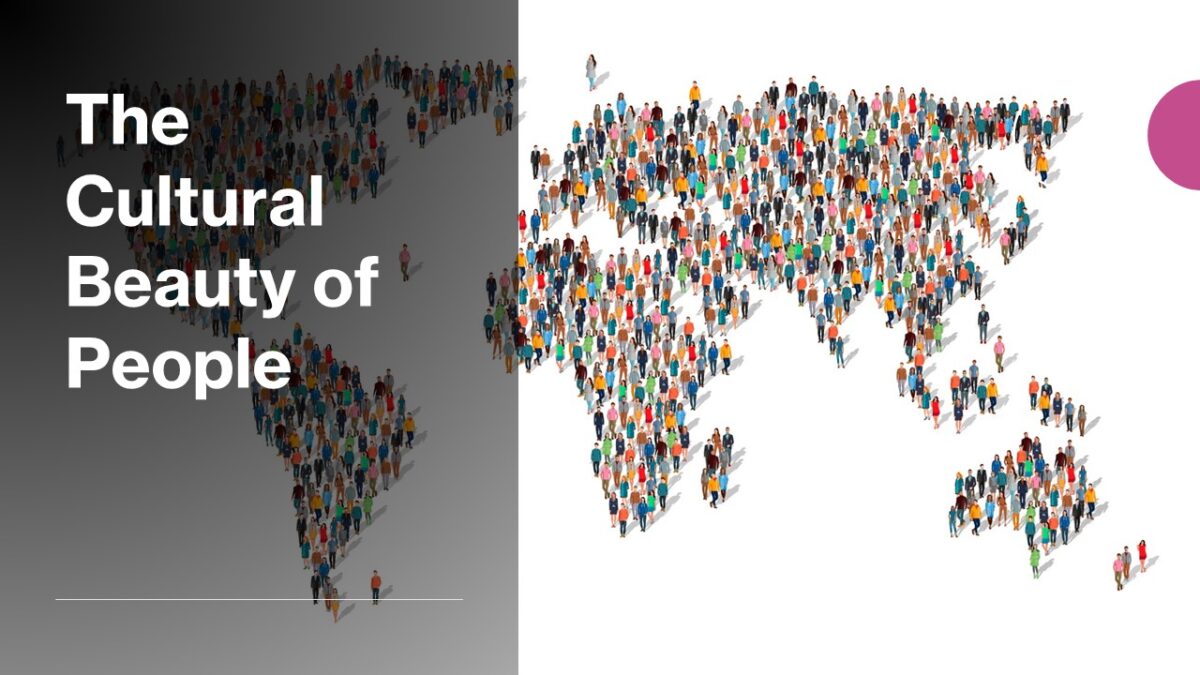Many people are familiar with the stereotypical expression “what is beautiful is good” (see, for review, Karandashev, 2022a; also another article on this below). However, this stereotype in many cultures is less powerful and more context-specific than researchers previously thought (see for review, Lemay, et al., 2010; Swami & Furnham, 2008).
Cultural Stereotypes of What an Attractive Appearance Is
These beauty stereotypes differ across cultures in terms of their specific content and the value that people place on it. Attractive appearance can signal not only fertility but also kindness, emotional stability, pleasing disposition, intelligence, and dependable character (Fugère, Madden, & Cousins, 2019; Yela & Sangrador, 2001).
Cultures Differ in the Importance of Attractive Appearance for Mating
Cultures differ in how men and women look at the importance of standards of beauty and physical attractiveness for mating relationships. These stereotypes of interpersonal perception based on physical attractiveness depend on cultural values. “What is beautiful is culturally good“(Anderson, 2019; Anderson, Adams, & Plaut, 2008; Wheeler & Kim, 1997).
The Importance of Beauty Differs in Independent and Interdependent Societies
Beauty and attractive appearance are more important in independent cultures, such as mainstream American society, which places a high value on autonomy and places a premium on personal choice when it comes to dating. In contrast, in interdependent societies, people consider beauty and attractive appearances less important. The cultures of Korea in Southeast Asia and Ghana in Africa have different expectations in this regard.
These cultures place a high value on embeddedness and emphasize ties with social networks. Physical attractiveness is related to diminished value in everyday life due to limited societal affordances (Anderson, Adams, & Plaut, 2008; Wheeler & Kim, 1997).
How Gender Equality Affects the Importance of Beauty and Attractive Appearances
The gender differences in men’s and women’s mating preferences for beauty and attractive appearance in a prospective partner vary depending on the value of gender equality in a society. For example, in the Netherlands, where the value of gender equality is high, the gender differences are smaller. However, in Germany, where cultural norms of gender roles are more conventional and gender equality is lower, these differences are larger.
The cultures of many other societies follow more traditional norms of gender roles and have even less gender equality. Consequently, men and women differ even more in their preferences for beauty in a prospective partner (Buss et al., 1990; De Raad & Doddema-Winsemius, 1992).
What Are the Features of Physical Appearance that Societies Consider Beautiful?
There are also cultural differences in which physical traits people consider appealing in a person for their love relationship. They depend on local conditions of living, relationship mobility, and cultural norms.
Men prefer women with more fat in subsistence-based societies, in which gatherers and hunters produce only for their own survival and therefore can deal with the danger of food shortages (e.g., Anderson et al., 1992; Brown and & Konnor, 1987; Sugiyama, 2004).
Such mating preferences people have in the foraging, hunting, or horticultural communities of
- the Zulu people in South African (Tovée, Swami, Furnham, & Mangalparsad, 2006),
- the Hadza, a native group of people in north-central Tanzania of East Africa (Wetsman & Marlowe, 1999),
- the Yali of Papua – an aboriginal tribal group in the rocky terrain in Papua, Indonesia (Sorokowski & Sorokowska, 2012), and
- Shiwiar (Achuar), an ethnic tribe of Ecuadorian Amazonia in South America (Sugiyama, 2004).
When people’s ecological and social circumstances change due to exposure to a new social environment, they can adjust their attitudes toward what is beautiful and what is now. The Zulu people of South Africa, who immigrated to the UK, have shown remarkable adaptability (Tovée, Swami, Furnham, & Mangalparsad, 2006).
